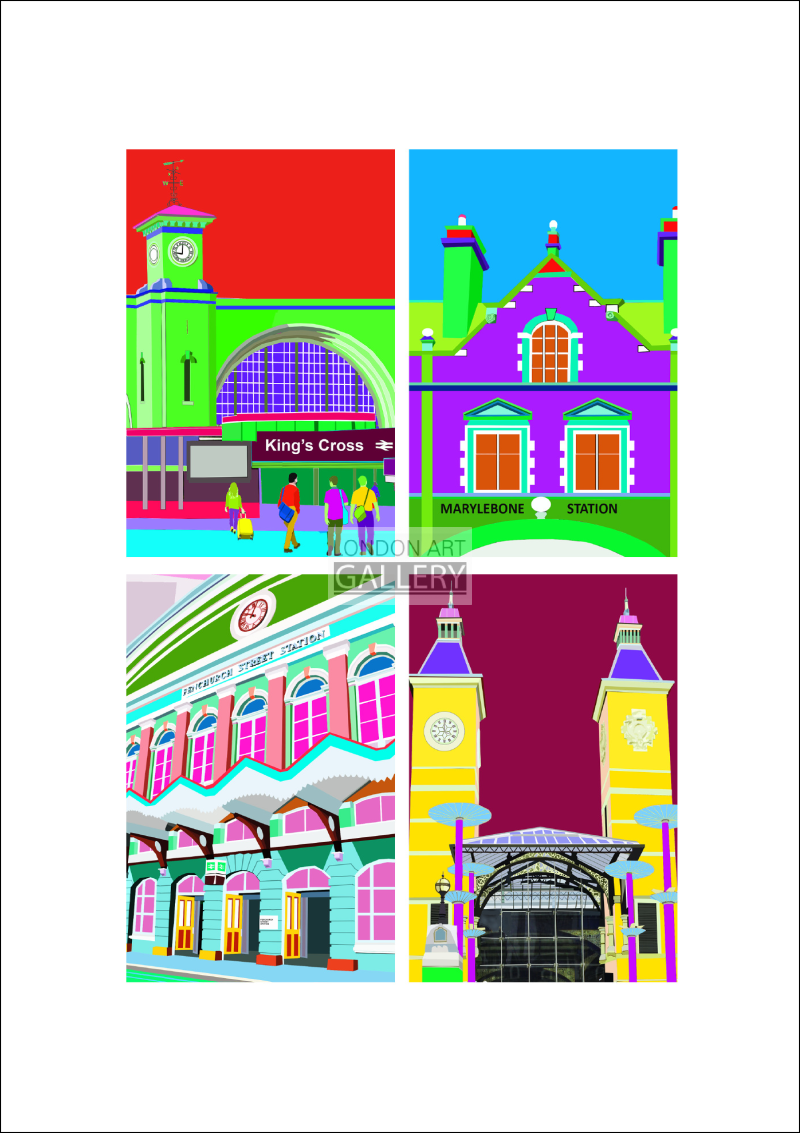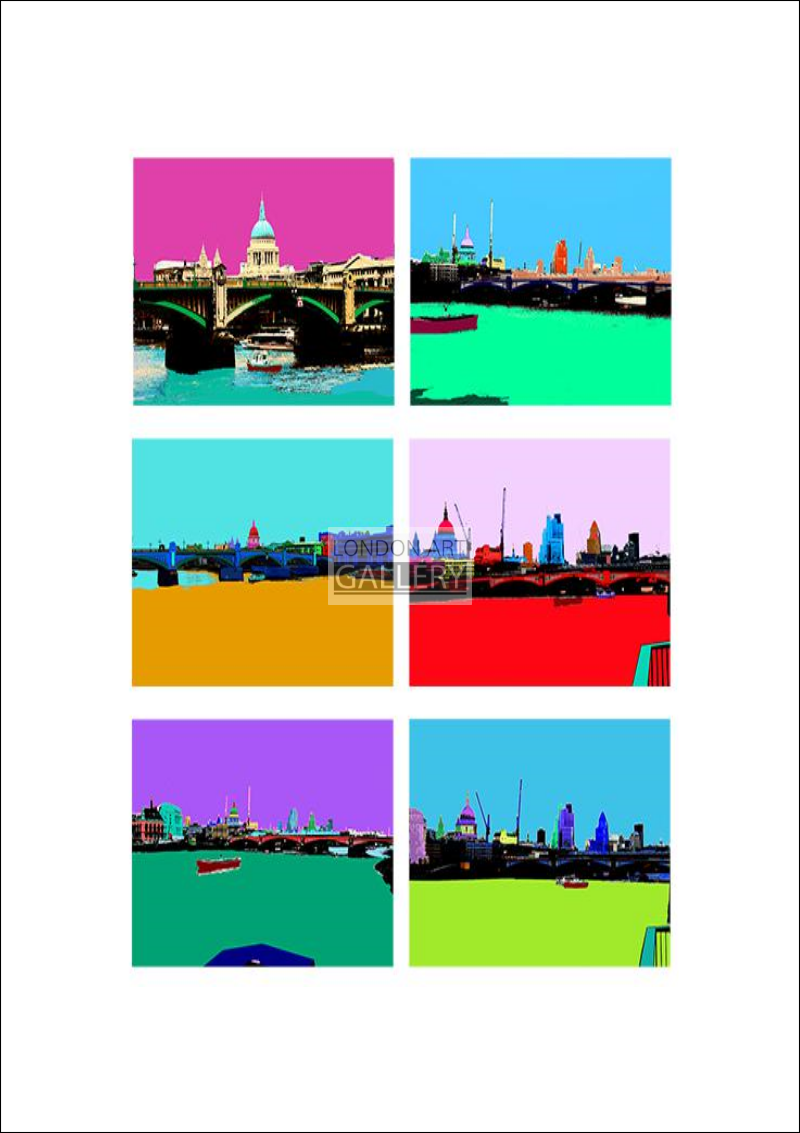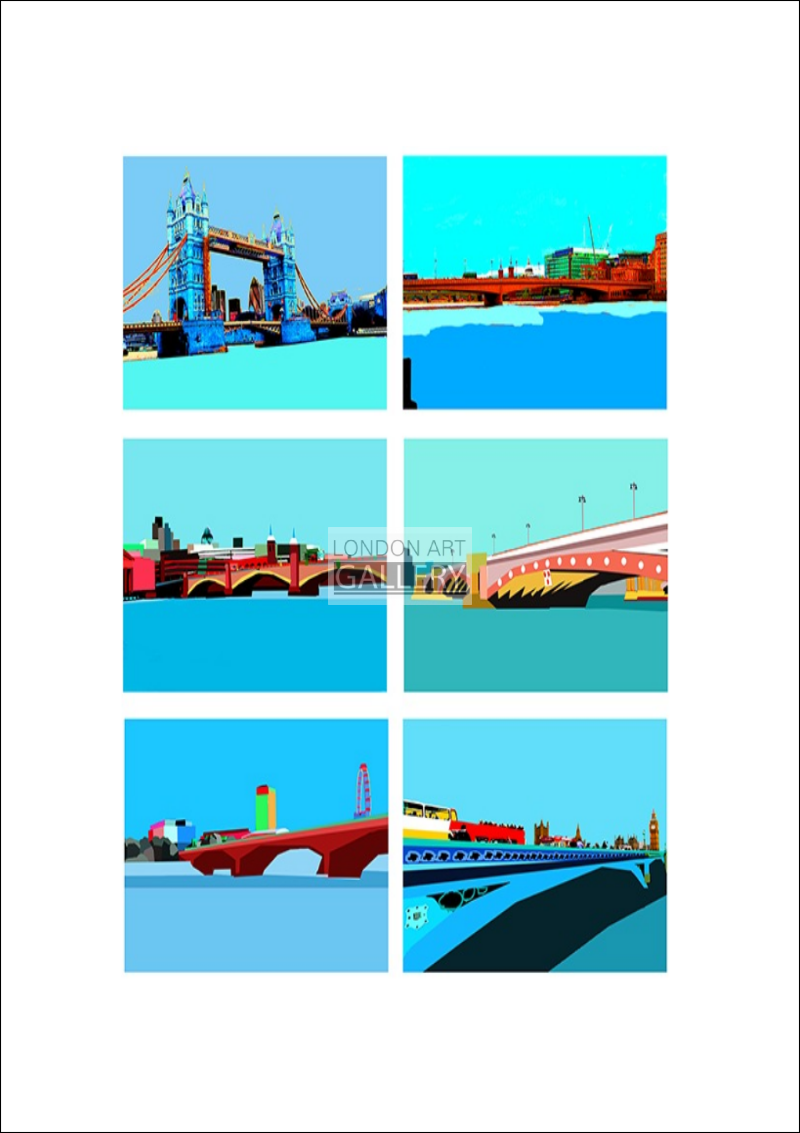Description
London King’s Cross, is a Central London railway terminus on the northern edge of the city. It is one of the busiest railway stations in the United Kingdom, being the southern terminus of the East Coast Main Line to North East England and Scotland. The station was opened in 1852 by the Great Northern Railway in the Kings Cross area to accommodate the East Coast Main Line. It quickly grew to cater for suburban lines and was expanded several times in the 19th century. It came under ownership of the London and North Eastern Railway as part of the Big Four grouping in 1923, who introduced famous services such as the Flying Scotsman and locomotives such as Mallard. The station complex was redeveloped in the 1970s, simplifying the layout and providing electric suburban services, and it became a major terminus for the high-speed InterCity 125. As of 2017, long-distance trains from King’s Cross are run by Virgin Trains East Coast to Edinburgh Waverley and Glasgow Central via York and Newcastle; other long-distance operators include Hull Trains and Grand Central. In addition, Great Northern runs suburban commuter trains in and around north London. In the late 20th century, the area around the station became known for its seedy and downmarket character, and was used as a backdrop for several films as a result. There was major redevelopment in the 21st century, including restoration of the original roof, and the station became well known for its association with the Harry Potter books and films, particularly the fictional Platform 9¾.
Adjacent to King’s Cross station is St. Pancras International, the London terminus for Eurostar services to continental Europe. Beneath both main line stations is King’s Cross St. Pancras tube station on the London Underground, and combined they form one of the country’s largest transport hubs.
Marylebone station is a Central London railway terminus and connected London Underground station in the Marylebone area of the City of Westminster. On the National Rail network it is also known as London Marylebone and is the southern terminus of the Chiltern Main Line to Birmingham. On the Underground it is on the Bakerloo line between Edgware Road and Baker Street. It is in Transport for London’s fare zone 1. The station opened in 1899 as the London terminus of the Great Central Main Line (GCML), the last major railway to open in Britain in over 100 years, linking the capital to the cities of Nottingham, Sheffield and Manchester. Marylebone was the last of London’s main line termini to be built and is one of the smallest, having opened with half the number of platforms originally planned. It has limited connections to the Underground as it was built after the main Tube lines in the area. Marylebone station suffered from a lack of traffic and after the GCML closed in 1966, it gradually declined in use. By the 1980s, it was threatened with closure, but was reprieved due to continued commuter traffic on the London to Aylesbury Line (a remaining part of the GCML) and from High Wycombe. In 1994 the station found a new role as the terminus of the Chiltern Main Line. Following the privatisation of British Rail, the station was expanded with two additional platforms in 2006 and improved services to Birmingham Snow Hill. In 2015 services began between Marylebone and Oxford Parkway via a new chord connecting the main line to the Oxford to Bicester Line, with an extension to Oxford following in 2016. Marylebone is one of the squares on the British Monopoly board, and is popular for filming because of its relative quietness compared to other London termini.
Fenchurch Street railway station, also known as London Fenchurch Street, is a central London railway terminus in the southeastern corner of the City of London. It takes its name from its proximity to Fenchurch Street, a key thoroughfare in the City. The station and all trains are operated by c2c. Services run on lines built by the London and Blackwall Railway (L&BR) and the London, Tilbury and Southend Railway (LTSR) to destinations in east London and south Essex, including Upminster, Grays, Basildon, Southend and Shoeburyness. The station opened in 1841 to serve the L&BR and was rebuilt in 1854 when the LTSR, a joint venture between the L&BR and the Eastern Counties Railway (ECR), began operating. The ECR also operated trains out of Fenchurch Street to relieve congestion at its other London terminus at Bishopsgate. In 1862 the Great Eastern Railway was created by amalgamating various East Anglian railway companies (including the ECR) and it shared the station with the LTSR until 1912, when the latter was bought by the Midland Railway. The station came under ownership of the London & North Eastern Railway (LNER) following the Railways Act 1921, and was shared by LNER and London Midland & Scottish Railway (LMS) services until nationalisation in 1948. The line from the station was electrified in 1961, and controversially closed for seven weeks in 1994. Fenchurch Street is one of the smallest railway termini in London in terms of platforms, but one of the most intensively operated. It has no direct interchange with the London Underground. Plans to connect it stalled in the early 1980s because of the lack of progress on the Jubilee line, but it is close to Tower Hill on the Underground and to Tower Gateway on the Docklands Light Railway.
Liverpool Street station, also known as London Liverpool Street, is a central London railway terminus and connected London Underground station in the north-eastern corner of the City of London, in the ward of Bishopsgate. It is one of the busiest railway stations in London, serving as the terminus of the West Anglia Main Line to Cambridge, the busier Great Eastern Main Line to Norwich, local and regional commuter trains serving east London and destinations in the East of England, and the Stansted Express service to Stansted Airport. The station opened in 1874 as a replacement for Bishopsgate station as the Great Eastern Railway’s main London terminus. By 1895 it had the largest number of platforms on any terminal railway station in London. During the First World War, an air raid on the station in 1917 led to 162 deaths. In the build-up to the Second World War, the station served as the entry point for thousands of child refugees arriving in London as part of the Kindertransport rescue mission. The station was damaged by the 1993 Bishopsgate bombing, and during the 7 July 2005 terrorist attacks in the city seven passengers were killed when a bomb exploded aboard an Underground train just after it had departed from Liverpool Street. Liverpool Street was built as a dual-level station with provision for the Underground. A tube station opened in 1875 for the Metropolitan Railway, and the station today is served by the Central, Circle, Hammersmith & City and Metropolitan lines and is in fare zone 1.





